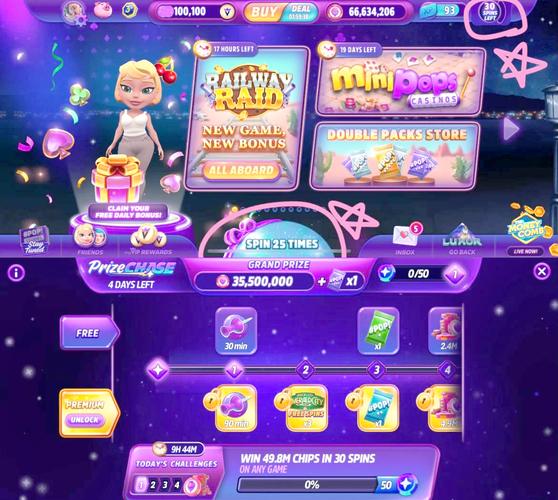
Understanding the Market
Have you ever wondered which free game apps are not just popular but also make the most money? The gaming industry has seen a surge in the number of free-to-play games, and it’s no surprise that some of these apps have become incredibly profitable. In this article, we will delve into the top free game apps that have managed to generate significant revenue through various monetization strategies.
Top Free Game Apps by Revenue
According to a report by Sensor Tower, the following free game apps have made the most money globally:

| Rank | App Name | Developer | Revenue (USD) |
|---|---|---|---|
| 1 | Clash of Clans | Supercell | $1.5 billion |
| 2 | Clash Royale | Supercell | $1.2 billion |
| 3 | Fortnite | Epic Games | $1.1 billion |
| 4 | Clash of Kings | Supercell | $900 million |
| 5 | Mobile Legends: Bang Bang | Moonton | $800 million |
Monetization Strategies
These top free game apps have employed various monetization strategies to generate substantial revenue. Let’s take a closer look at some of these strategies:
In-App Purchases
In-app purchases are one of the most common monetization methods for free game apps. Players can buy virtual goods, such as skins, characters, or in-game currency, to enhance their gaming experience. For example, Clash of Clans allows players to purchase gems, which can be used to speed up construction or research.
Advertising
Advertising is another significant revenue source for free game apps. Developers can display ads within the game, and players are often incentivized to watch video ads to earn rewards or skip certain tasks. Fortnite, for instance, has integrated various ad formats, including rewarded video ads, to generate revenue.
Licensing and Merchandising
Some free game apps have also ventured into licensing and merchandising to boost their earnings. For example, Supercell has created a line of merchandise for Clash of Clans, including clothing, accessories, and home decor items.

Microtransactions
Microtransactions involve players making small purchases within the game, such as buying a single skin or character. These transactions can add up to a significant amount of revenue over time. Mobile Legends: Bang Bang, for instance, has a robust microtransaction system that has contributed to its success.
Player Engagement and Retention
In addition to monetization strategies, the success of these free game apps can be attributed to their ability to engage and retain players. Here are some key factors that contribute to player satisfaction:
Regular Updates
Regular updates keep the game fresh and exciting for players. Developers often introduce new features, characters, and events to keep the game engaging.
Community Engagement
Building a strong community around the game can help retain players. Developers often organize events, tournaments, and social media campaigns to foster a sense of belonging among players.
Cross-Platform Play
Allowing players to play the game across multiple platforms, such as iOS and Android, can significantly increase the player base and revenue potential.
Conclusion
Free game apps have become a significant source of revenue for developers, with some apps generating millions of dollars in earnings. By employing various monetization strategies, engaging players, and maintaining a strong community, these apps have managed to stand out in a highly competitive market. If you’re looking to create a successful free game app, consider these strategies and keep your players engaged and happy.





